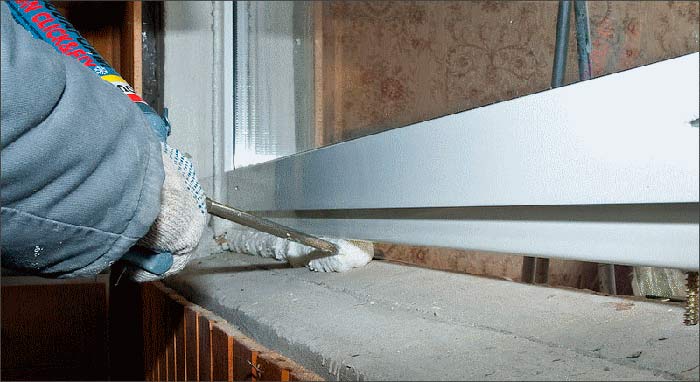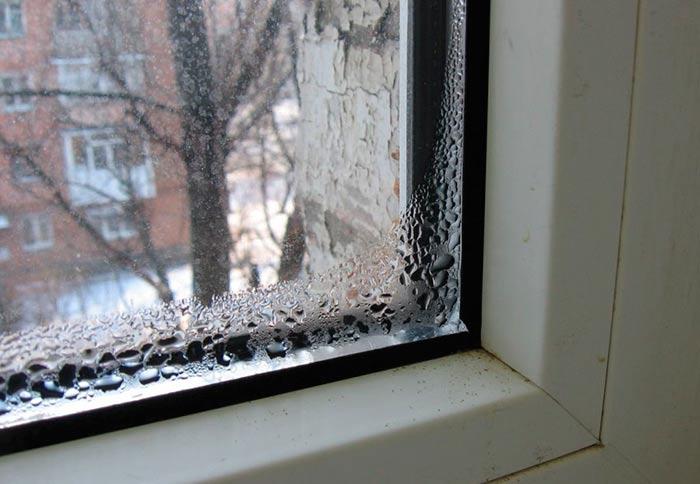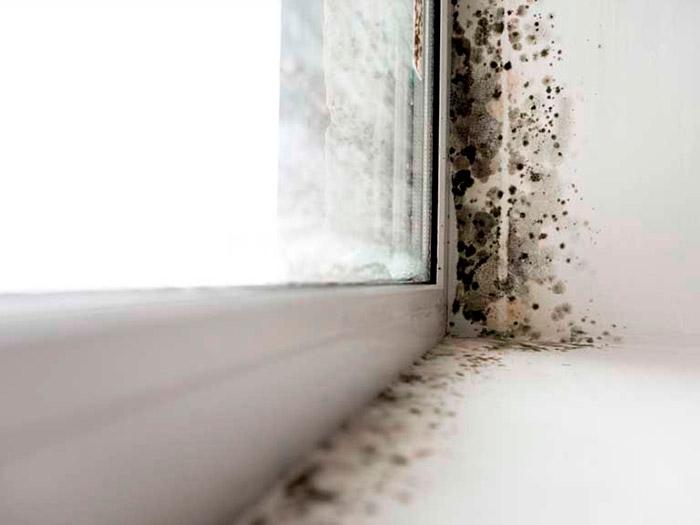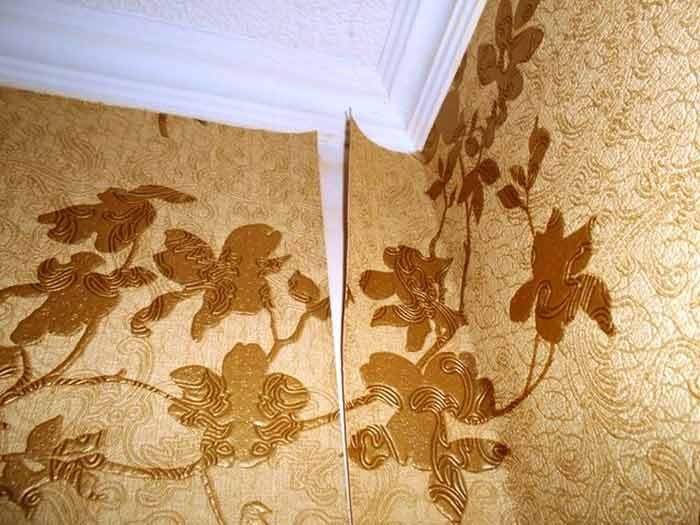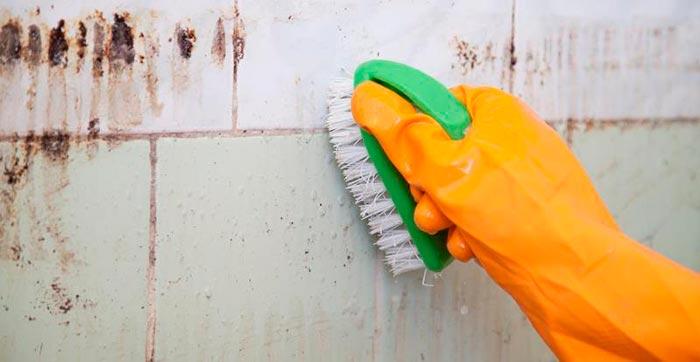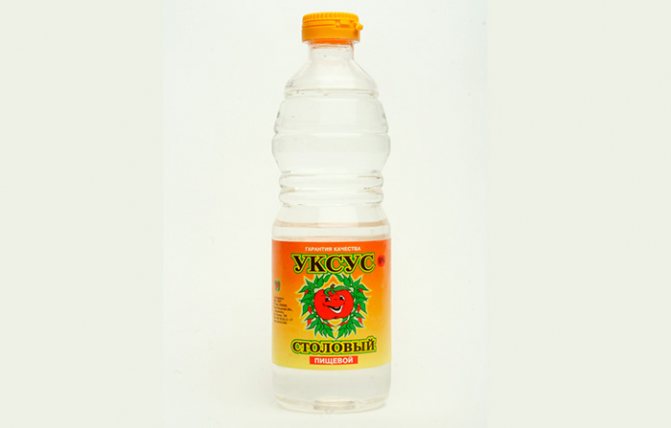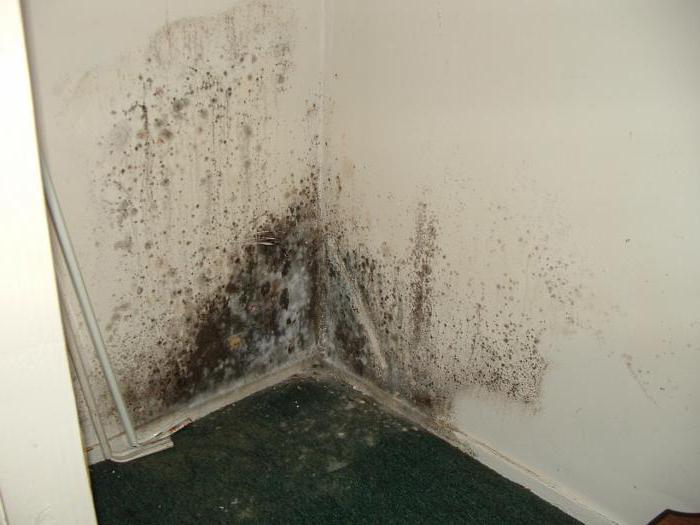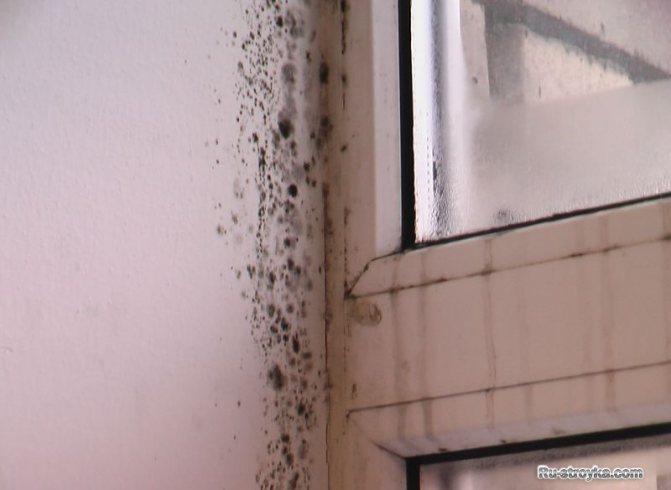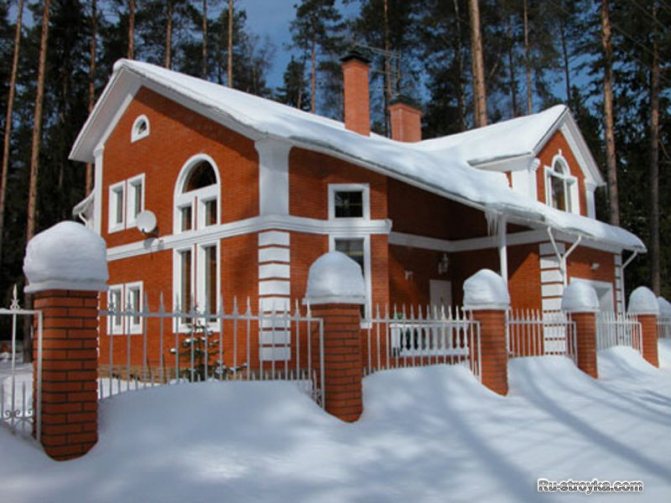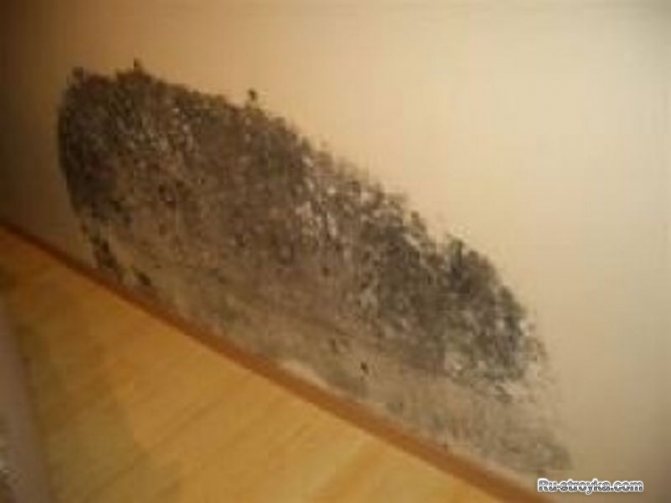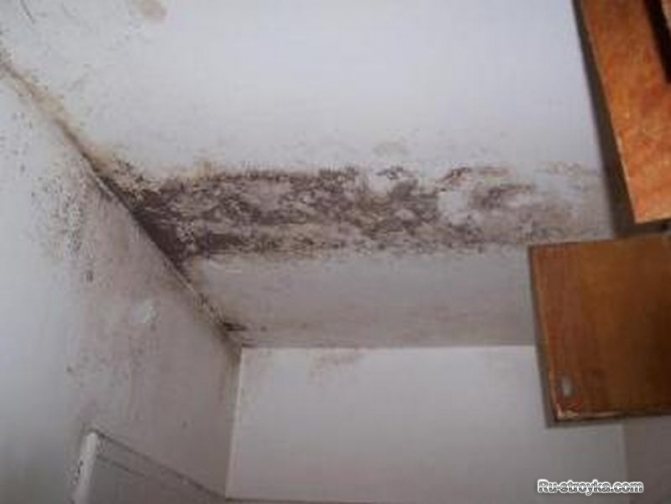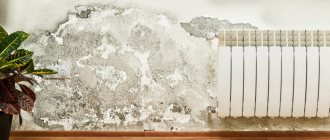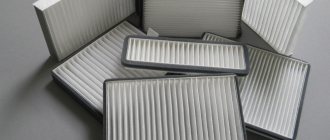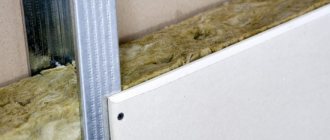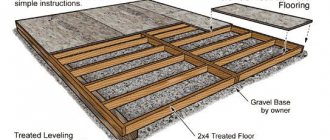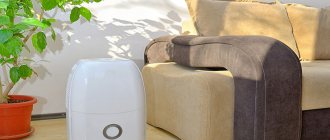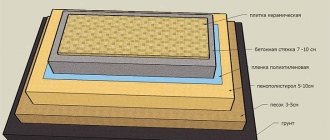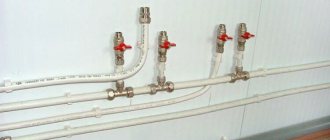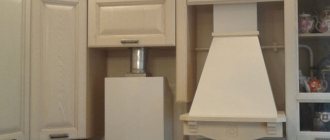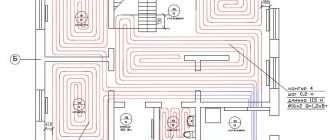Home / Articles / Causes of mold on the walls of an apartment / What you need to know when ordering a seam sealing? / Repair of interpanel seams and the technology of their insulation / How to determine the series of a house and calculate the volume / How to close up interpanel seams in an apartment / Sealing of seams - determining the price / Who should repair interpanel seams in a house / How to force the UK to close up interpanel seams? / Are the walls freezing in a panel house what to do? / Typical mistakes in sealing joints between panels / How is the technical condition of interpanel joints, roofs and balconies inspected? / Frequently asked questions about sealing seams, what do the seams do? / How to get rid of fungus and mold on the walls of an apartment / How to properly insulate interpanel seams in a panel house? / Album of technical solutions: insulation and repair of open and closed joints / Technical instructions for sealing the joints of prefabricated buildings with polymers
Mold can be found in any home. And since among modern building and finishing materials it is almost impossible to find those that have not been influenced by mold, the fungus can be found even in the refrigerator or in the washing machine. Mold can eat a room, there are mushrooms that can easily destroy iron and bricks. What can we say about the human body! The fungus will quickly destroy health, especially in children. With the problem of mold, defects in the interpanel seams will certainly appear. Black-spotted slopes, crying plastic windows, dampness and health problems - all this worries our readers. A wet wall and fungus are the main signs of a seal failure.
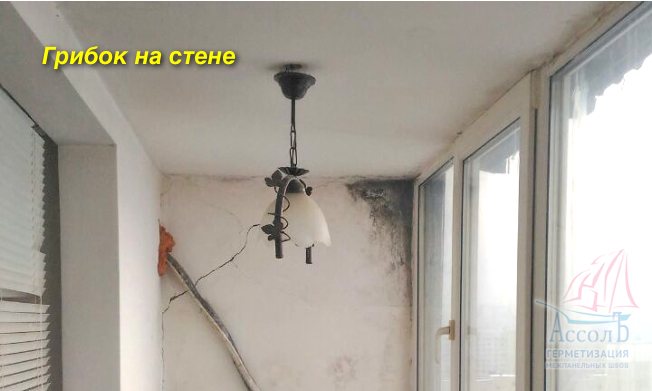
The cause of fungus is constant high humidity.
In autumn, when the central heating is not yet connected, atmospheric moisture accumulates in the apartments, which is maintained by the sweating of the walls. Before removing the fungus, it is necessary to establish the source of moisture that feeds the fungus. Often an unpleasant "blooming" of walls appears after renovation in closed rooms. If it is not possible to ventilate the square meters, signs of freezing appear in the corners of the street walls, or humid air enters through the cracks, then a comfortable stay cannot be achieved. Therefore, of course, the reasons must be eliminated, then the fungus will stop developing without moisture replenishment. Getting rid of the fungus is easy. Intensive ventilation is carried out, with furniture moving away from the walls in order to improve air convection.
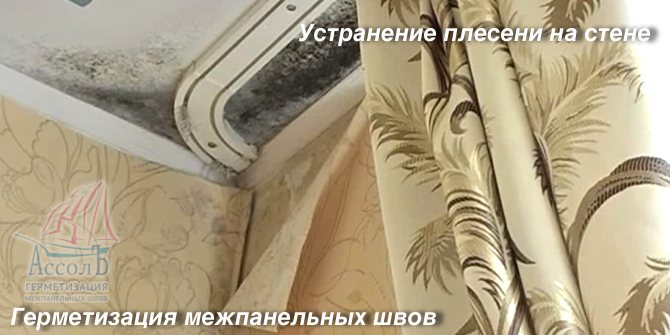

Is mold on the wall dangerous?
Everyone knows that mold spoils the aesthetics of a room, but many do not even suspect that it is harmful to health with its fumes. It is mold that can provoke coughing and allergic reactions of the body, cause digestive upset from eating foods stored in a room affected by mold.
Getting into the respiratory tract with constant moisture, it cannot but create a feeling of discomfort, which is quite difficult to get rid of without a course of inhalations. And it's good if the cure is limited to this. Prolonged exposure to mold-infested premises causes more serious harm.
Mold growing on the walls and its spores
Mold cannot be underestimated as a health hazard, as it not only releases enzymes - we perceive them as a specific odor. There is also a danger of their transformation in the mucous membrane of our body as a result of chemical reactions into toxic compounds. Not all molds are harmless.
Mold enzymes, being in the human body, are capable of such troubles for us as violation of protective processes at the cellular level, and some, mutating, can even disrupt the structure of DNA, affecting heredity.
The weak point of mold is that we can immediately identify the place of its growth and see the source that feeds it.
For example: if mold has developed on the outer wall of the room, then most likely, it feeds on heat through a crack in the wall, and this gap was formed due to a defect in insulation or lack thereof,
In newly built buildings, the reason for dampness is excessive moisture saturation and dryness of the structure after the end of work. And also new heaters: they keep warm for a long time, but the dew point moves. Mold can even appear inside the panels, and then the new building will "rot".


These mold colonies are eliminated by industrial climbers, who find the cause and eliminate the mold itself. Once the cause has been eliminated, remove and apply a protective coating, thereby preventing the possibility of a recurrence of mold growth. Insulation of houses with a significant service life independently or by amateur teams of a non-professional level is fraught with the fact that sheathing the walls with insulation plates, without sealing cracks and cracks, they involuntarily create greenhouse conditions for mold growth under these plates.
Professional builders perform the same work with preliminary processing of damaged areas of joints of plates and cracks, they will spend the same 1-2 days, but at the same time they will provide protection from both dew inside the room and from the growth of mold outside under the cladding of the facade of the house.
How to get rid of mold in the house? A Few Proven Tips
Dampness in your home is the main cause of mold. In general, excess moisture in living quarters is characterized by darkening in the corners, wallpaper peels off, the ceiling deteriorates, and parquet flooring is bulging. More often, such processes are exacerbated during heavy precipitation - in autumn, winter.
How to get rid of mold in your home. What we pay attention to first of all
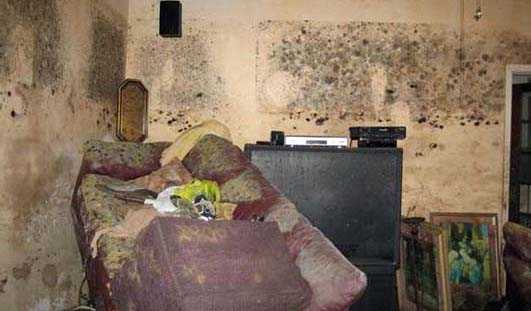

If mold appears in the house, what to do? First of all, eliminate the causes of its appearance. To do this, determine the location of the primary source of fungal infection, for example, a leaking roof, leaking rainwater through cracks in windows, insufficient thermal insulation of the walls.
Why do the corners get moldy in the house?
- the presence of external cracks leads to the penetration of moisture deep into the wall, mold comes out in the corners of the interior;
- non-compliance with wall insulation;
- lack of hoods in the bathroom and kitchen;
- insufficient ventilation and heating of premises;
- mold in the corner of a panel house appears due to holes in the concrete floors.
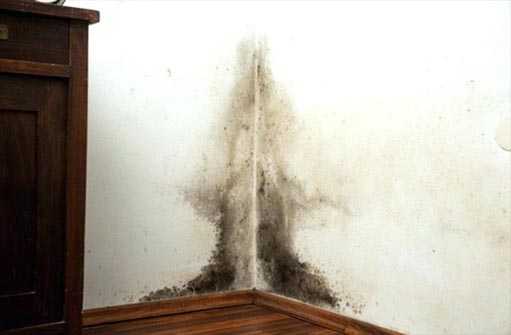

How to get rid of mold in the corners of an apartment? Of course, it is difficult to clean the corners well, but in this case, available tools will help, for example, a soft sponge, a toothbrush, a washcloth or even a piece of gauze. With their help, you can try to deliver the disinfectant to a hard-to-reach place.
The ideal option for corner treatment is to spray them from a spray bottle, that is, the solution is injected into the very corner and you can be sure that the antiseptic will reach its goal, and all the fungus will be destroyed.
How to treat the corners from mold in the house? As a remedy for the fungus, both folk remedies and potent solutions are suitable. Read more about them below. And in order to easily clean the corner of the disinfectant, it is also enough to spray a large amount of water, which will wash out the detergent along with the remaining mold.
After processing, the corner should be thoroughly dried. In summer this will happen naturally and quite quickly, but in cool weather you can help the process by additional heating of the room or use a hairdryer.
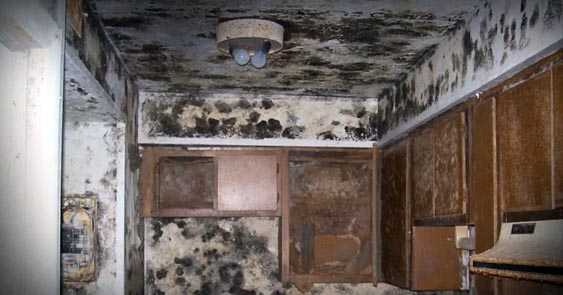

How to deal with mold in a private house? A private house has several additional factors to the development of fungus - a damp attic, heating in the basement. In this case, improve the insulation of the ceiling and floor slabs, especially in the corners. Also, make sure that the roof is well waterproofed, and also carefully seal all the cracks in the basement, cellar or basement, otherwise the risk of groundwater inflow increases significantly.
How to get rid of mold in a panel house? The main reason for the appearance of fungal colonies in the living quarters of a panel house is insufficient insulation of panel ceilings, too thin walls, and insufficient heating. We recommend that you take certain measures for additional wall insulation.
Why is black mold dangerous in the house?
So, when the walls, floor, ceiling are damaged by black mold, unpleasant dark spots appear in the corners of the room, which gradually capture new territories. If measures are not taken in a timely manner to remove it, then the wallpaper begins to peel off, the wooden parts of the interior rot, the paint falls off in whole pieces, even the concrete floors can crumble and become unusable.
Spores of black aspergillus (black mold fungus) are one of the possible reasons for the development or exacerbation of diseases such as:
When contaminated air is inhaled, the fungus enters the respiratory system and enters the bloodstream through the lungs. Through the blood vessels, spores are carried throughout the body. Weakened immunity reacts to mold with symptoms of severe intoxication.
Why is black mold in an apartment dangerous for children and pets? Children and animals are practically not protected from the effects of a pathogenic fungus. The baby's fragile immunity is constantly attacked by spores, which in the future will have a bad effect on health.
One of the extremely dangerous diseases caused by black mold is pulmonary aspergillosis, which can be legal.
How to remove the persistent smell of dampness in the house?


Smell is a clear indicator that a fungus has settled in the house. First of all, try to get rid of the smell by regular airing. But at the same time, remember that as long as the mold continues to function and reproduce, the smell of dampness will be constantly present. At the same time, almost everything that is in the room is impregnated with the smell - furniture, wallpaper, bedspreads, clothes.
But if the fungus has already been removed, and the smell still remains, then there are several ways to deal with it:
- use an aromatic lamp with essential oils;
- sprinkle with soda the places where the fungus colonies were and after a while remove it;
- charcoal braces are excellent at absorbing various odors.
How to remove the smell of dampness in the house in the country? In a country house or in the country, the smell of dampness can rise from the basement or cellar. Keep the door closed to prevent odor from spreading through living areas. We also recommend that you regularly carry out preventive treatment of walls, shelves, basement floors from mold.
The choice of method for removing mold depends on the type of mold, as well as on the surface and texture and color on which unsightly spots of fungal colonies have appeared.
Caution dew
This is another reason for the development of mold and mildew. Frozen walls are covered with moisture in the same way as it happens on windows. If there is not enough ventilation in the room, the accumulation of moisture will be inevitable if the heat-insulating properties of the street walls are insufficient.
In case of insufficient ventilation, plastic windows become a factor in the deterioration of safety from mold and mildew. The tightness of the frames and the low thermal permeability of the glass units create a favorable climate for accelerating the development of the fungus.
The fungus is unpretentious to the surfaces on which it spreads. Brick, concrete and wood, plastic are suitable for him.Brick and concrete are easy enough to clean, but wood is porous and there are difficulties with it.
Cleaning wood from fungus is impossible without removing some of the outer layer. Wood shavings are burned. Mold is not so tenacious, but it grows much faster. Mold can destroy 70% of wood in just a year, so preventive treatment with disinfecting solutions is not superfluous, both for structural parts and for furniture.
It is better to decontaminate wooden products not indoors, but before introducing them inside, in order to avoid accidental contamination of other objects or surfaces.
Apply the antiseptic with a paint brush
There is always a risk that a random person will do their job carelessly. But is it better quickly? This improvement can unexpectedly only aggravate the condition of the home.
Therefore, do not accept offers from those who have been recommended to you by your friends or neighbors. It makes sense to trust your neighbors, since the microclimate in your property is similar.
Those living on the ground floors should pay attention to the appearance of mold in the corners of the rooms. Its detection indicates a violation of waterproofing in the basement. When neglected, mold can spread under floor coverings. Do not hesitate and do not think that this is a trifle. Be sure to contact the housing and communal services serving your home: at an early stage of infection, fungus and mold can be stopped by cleaning up the basement.
Exactly the same advice can be given to the residents of the upper floor regarding the ceilings. The manifestation of mold indicates a violation of the waterproofing of the attic and the roof and when the interpanel joints in the block and panel house are poorly filled
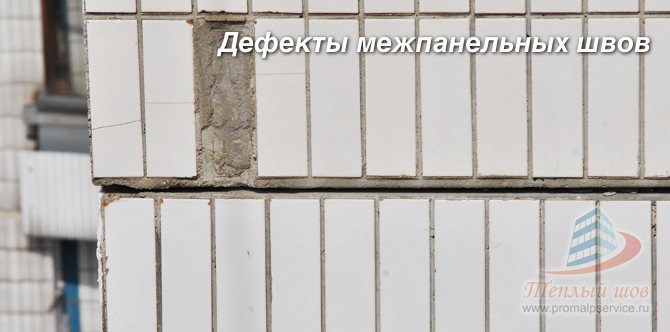

What causes mold in the corners of the room?
Home / Installation, repair, maintenance / Fight against mold and mildew / Mold in the corners of the room - why does it appear?
Very often, residents of panel houses are faced with the appearance of moldy spots in the corners of rooms and on the walls. In their own cottages or simple private houses, this also happens, but a little less often. The neighborhood is extremely unpleasant, and even very dangerous to health. Therefore, it is necessary to get rid of the fungus as soon as the opportunity arises, but, for this, first of all, you need to understand why the mold appears in the corners of the room.
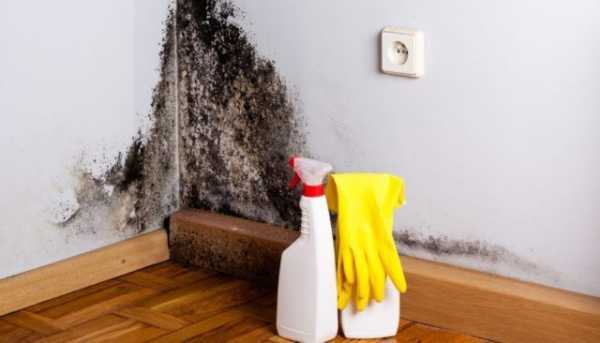

Types of fungus
Speaking about the reasons for the appearance of spots in the corners, it is necessary to clarify what kind of this formation is in question. The fact is that to deal with stains, you will have to use a completely different approach, chemicals and the type of fungus are of great importance here.
- Common moldy fungus. May be black, greenish or blue in color. It is dangerous because it can destroy even concrete structures in a relatively short time.
- Gray - blue spots of blue. This type of defeat is inherent in wooden structures. It is wood fiber that becomes food for fungi in this case.
- Rotting. A white or brown coating on wooden objects can completely destroy even a strong oak coating in a short time.
Having understood what kind of mold has settled in the corners of your house or apartment, you can find the most relevant solution to get rid of it. In any case, you have a difficult job ahead of you. At the same time, in different buildings you will have to use different methods of dealing with this unpleasant phenomenon. The most dangerous and difficult to remove is black mold, which has a habit of settling in the corners of the room.
Exterior walls and corners
The main reason for the appearance of mold in the corners of panel houses is the banal freezing of the seam. Over time, the material with which the interpanel seams are sealed collapses and cracks appear in it. Cold air from the street makes all structures adjacent to the seam cold and moisture condenses on them. It is also possible that water from rain or melted snow can enter the seam and the structures get wet.
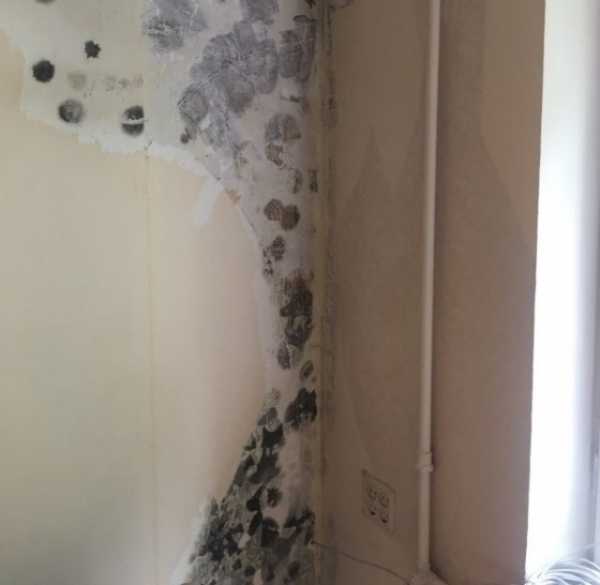

Such situations most often arise precisely in city houses. In their own buildings, the owner of the house supervises the construction and all work is done better. However, violation of construction technologies can lead to the appearance of such spots in a private house. In both cases, the fight against stains comes down to restoring the insulating layer and sealing the seams.
Lower part of the wall
If mold appears in the lower corner of a room in a panel house, then the reason for its formation is indicated above - freezing. The method of dealing with such phenomena is the elimination of the freezing area and its insulation. However, in private homes, things can be different and the reasons may differ. Poor waterproofing may be to blame here, especially if everything happens on the ground floor.
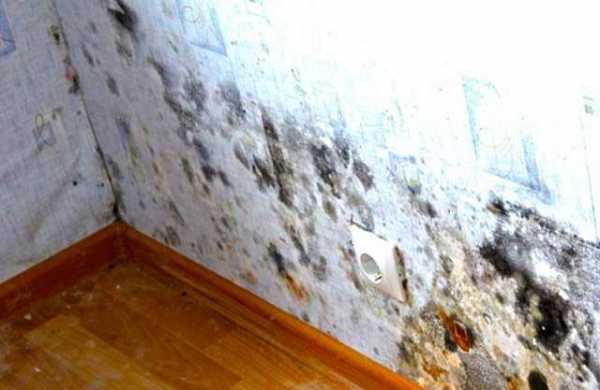

In this case, cold and humid air coming from the basement will be the culprit for the formation of stains. Also, fungus often forms on this part of the supporting structures due to a violation of the waterproofing layer outside the building. We will have to restore the waterproofing layer and make additional insulation of the damaged structure.
Kitchen or bathroom
In this part of the house, mold usually appears in the corners of the room near the ceiling. Poor ventilation is often the culprit. Often, when carrying out repairs, people do not want to take into account that the humidity is always high here and close the ventilation ducts for the sake of a beautiful finish. In no case should this be done. Normal air exchange is disrupted and the fungus is not long in coming.
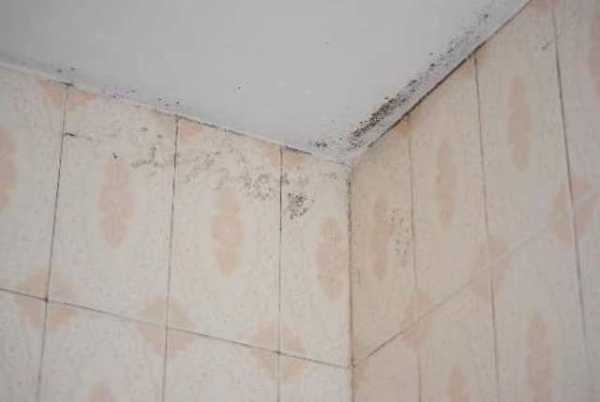

The method of dealing with it is very simple - restoring normal ventilation. If the exhaust duct for some reason does not cope with its task, then it is necessary to ensure the inflow and removal of air from the room using special valves mounted in the walls and on window frames.
General recommendations for all cases
Regardless of what kind of mold has settled in the corners of your apartment or house, there are several procedures that must be performed when removing it. First of all - chemistry and treatment with its help of all stains. You can use "home" remedies, but practice has repeatedly proven the superiority of store drugs and solutions. One has only to choose them correctly for a specific case and not save - your health is more expensive.
Be sure to monitor the level of humidity. Even when the mold in the corner of the room has already been removed, you should not leave this moment unattended and more often open all the windows for ventilation, as well as establish normal air exchange in other ways. Poor ventilation will very soon put everything in its place - the fungus will bloom again and again, the whole complex of work will be required to eliminate it.
Before removing mold in the corners of an apartment or house, determine its type. This will help you choose the right stain removal solution and keep you healthy. For example, it is not recommended to even touch black spots, not to mention the fact that you need to get rid of them in a special protective suit and respirator. In principle, protective clothing will not be in the way in all cases.
wikipotolok.com

